Building Environment > Project Types
Construction Project Types
Construction projects come in various forms, each with its unique requirements, complexities, and goals. Whether you're building a small residential home, a skyscraper, or a massive infrastructure system, understanding the different types of construction projects is crucial for anyone in the industry. Below, we explore some of the most common construction project types, provide real-world examples, and link to visuals that highlight these diverse areas of construction.

Residential Construction
Residential construction refers to the building of houses, apartments, and other dwellings where people live. This type of construction often includes single-family homes, duplexes, condominiums, and townhouses.
Key Features:
- Typically small to medium scale.
- Involves site preparation, utilities installation, framing, and finishing.
- Often governed by local zoning laws and building codes.
Examples:
- A single-family home in a suburban neighborhood with a garden and garage.
- Townhouses developed as part of a gated community.
Commercial Construction
Commercial construction involves projects for business purposes, such as office buildings, shopping malls, hotels, and warehouses. These projects are often larger in scale compared to residential construction and require specialized systems, such as HVAC and advanced electrical systems, to accommodate large numbers of people.
Key Features:
- Complex logistics and scheduling to minimize disruptions to businesses.
- Adheres to commercial building codes and standards.
- Requires detailed planning for utilities, parking, and accessibility.
Example:
- A downtown skyscraper used as office space for multinational corporations.
- A shopping mall with multiple retail stores and entertainment facilities.
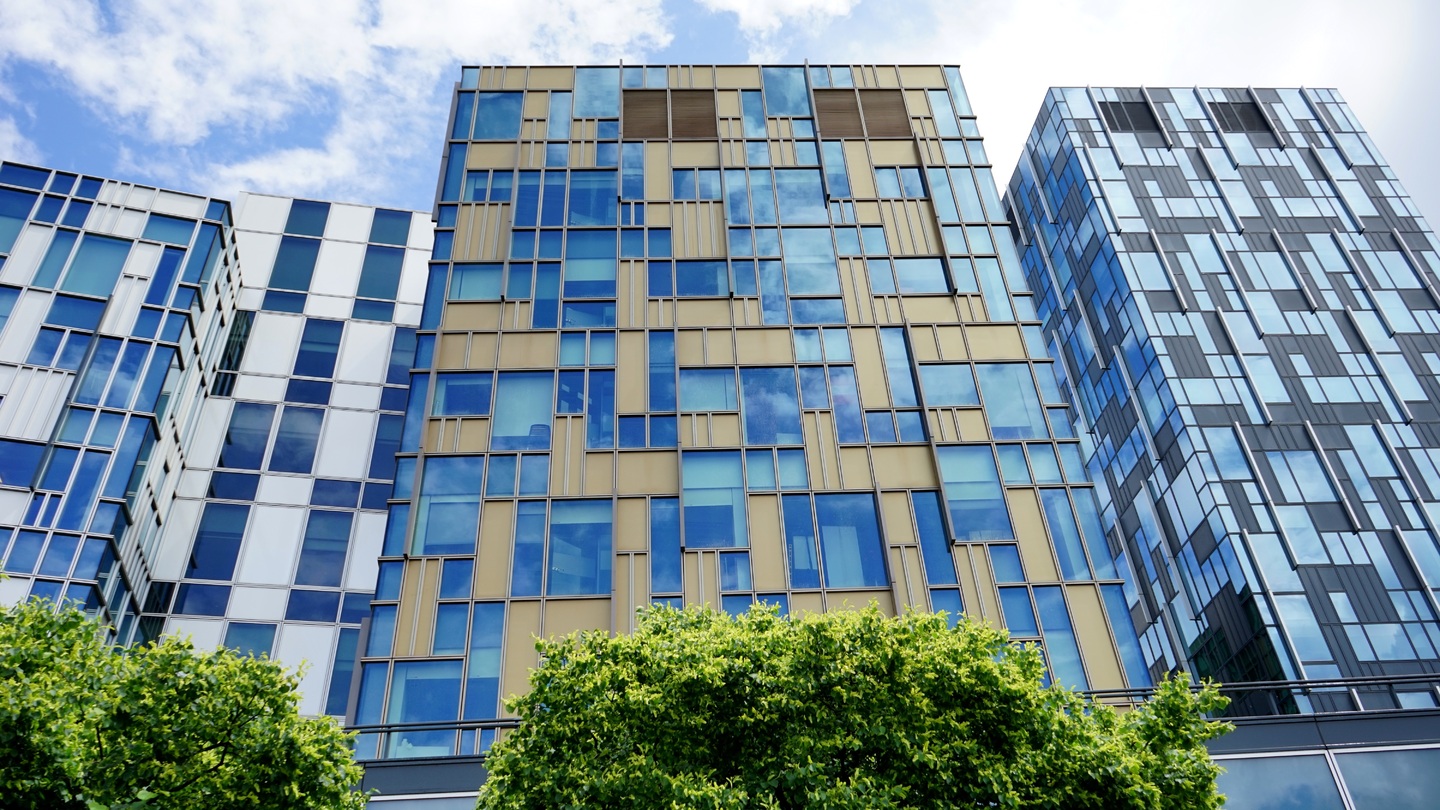
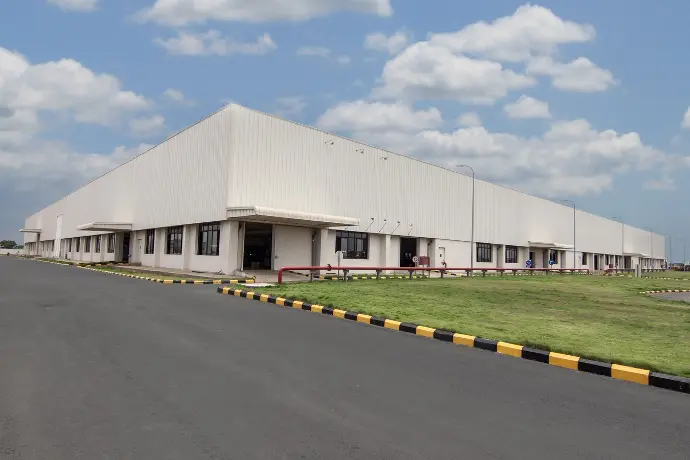
Industrial Construction
Industrial construction focuses on large-scale manufacturing plants, factories, and facilities for energy production, such as oil refineries, power plants, and water treatment facilities. These projects are often highly specialized and include complex machinery and large-scale infrastructure.
Key Features:
- Includes heavy equipment installation, advanced piping, and electrical systems.
- Requires compliance with strict safety and environmental regulations.
- Often spans large geographic areas, particularly for power plants or refineries.
Example:
- An oil refinery with pipelines, storage tanks, and processing units.
- A hydroelectric power plant built alongside a large dam for energy generation.
Institutional and Educational Construction
Institutional and educational construction projects involve the construction of schools, universities, hospitals, libraries, and government buildings. These buildings must comply with specific regulations and standards to ensure the safety and accessibility of the public.
Key Features:
- Specialized design for accessibility, fire safety, and comfort.
- Often publicly funded, requiring transparency and adherence to budget constraints.
- Requires collaboration with local government and educational authorities.
Example:
- A university campus with lecture halls, dormitories, and research centers.
- A modern hospital with specialized healthcare facilities, emergency rooms, and labs

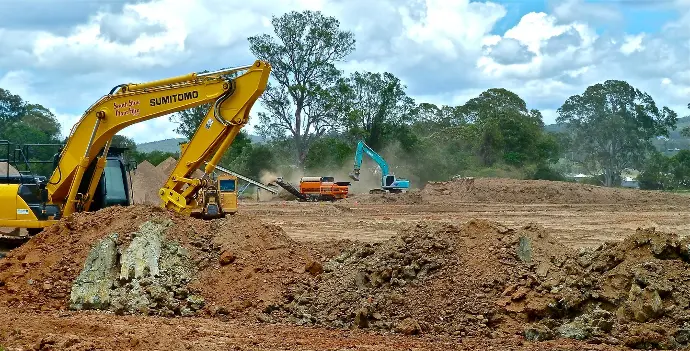
Infrastructure Construction (Civil Construction)
Infrastructure construction, or civil construction, includes large public works projects that involve building and maintaining the infrastructure required for transportation, utilities, and other public services. This category includes roads, bridges, tunnels, railways, airports, dams, and water treatment facilities.
Key Features:
- Usually publicly funded and managed by government bodies or municipalities.
- Often involves extensive excavation, site preparation, and large-scale materials use.
- Requires heavy machinery and coordination between various construction teams.
Example:
- A highway construction project linking major cities, complete with bridges and tunnels.
- A railway system that spans across rural and urban regions.
Environmental Construction
Environmental construction projects are designed to improve or restore the environment, often involving work to mitigate human impact or rehabilitate areas damaged by natural disasters. This includes projects like land reclamation, conservation initiatives, and the construction of green energy facilities.
Key Features:
- Includes projects like wind farms, solar power stations, and natural habitat restoration.
- Emphasizes sustainability, environmental protection, and long-term ecological health.
- Requires specific expertise in environmental regulations and eco-friendly construction practices.
Example:
- A solar energy farm installed to power a remote area sustainably.
- A wetlands restoration project designed to protect coastal areas from flooding.
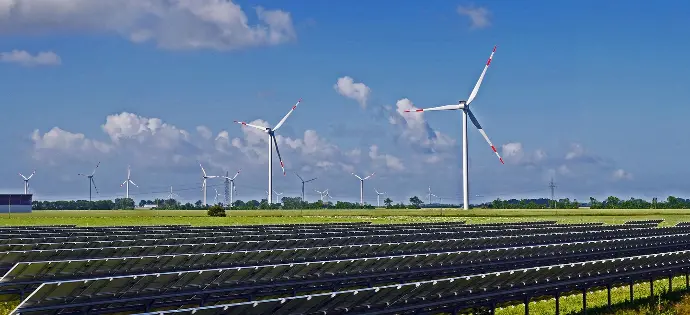
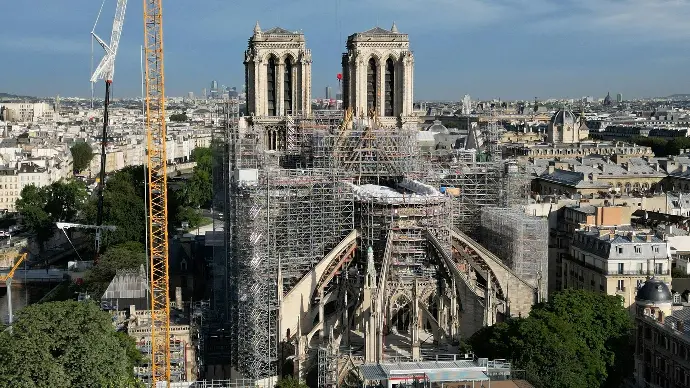
Specialty Construction
Specialty construction includes projects that don’t fall into the above categories but require unique skills or materials. These can include historic building restorations, installation of art structures, or high-tech infrastructure projects like data centers.
Key Features:
- Often requires rare expertise, such as historical preservation techniques.
- May involve highly sensitive materials or equipment.
- Frequently works in tandem with architects, artists, or technology experts.
Example:
- The restoration of a historic cathedral, requiring specialized masonry and stained glass work.
- The construction of a data center with advanced cooling and power management systems.


